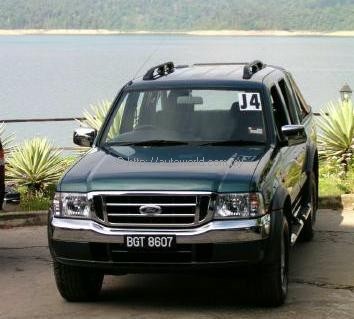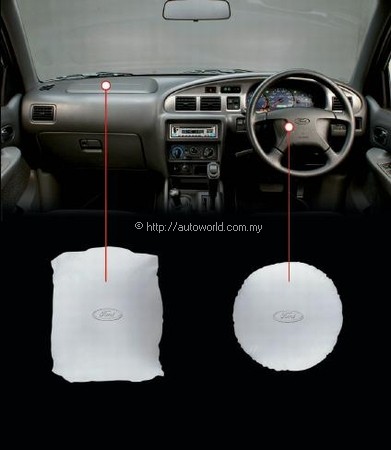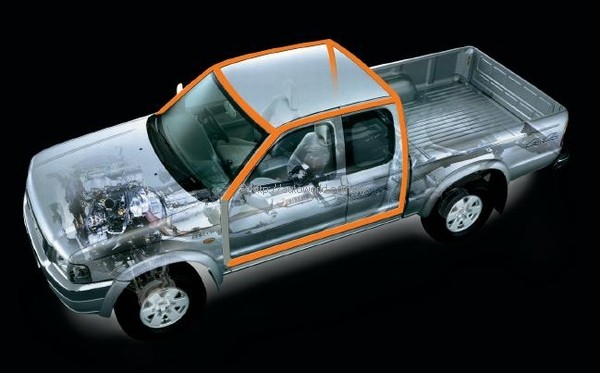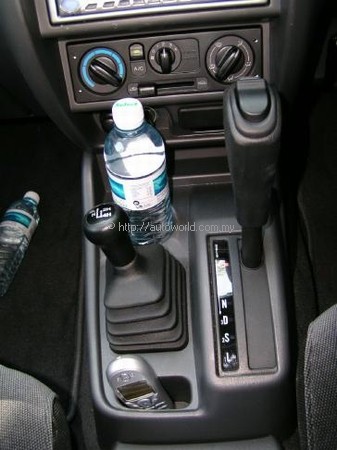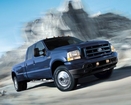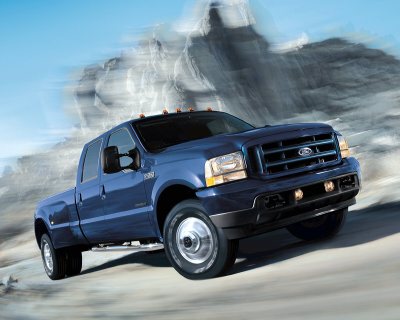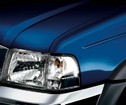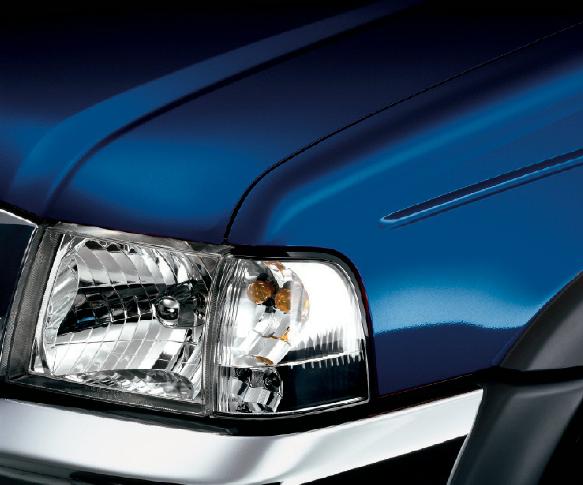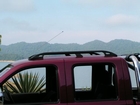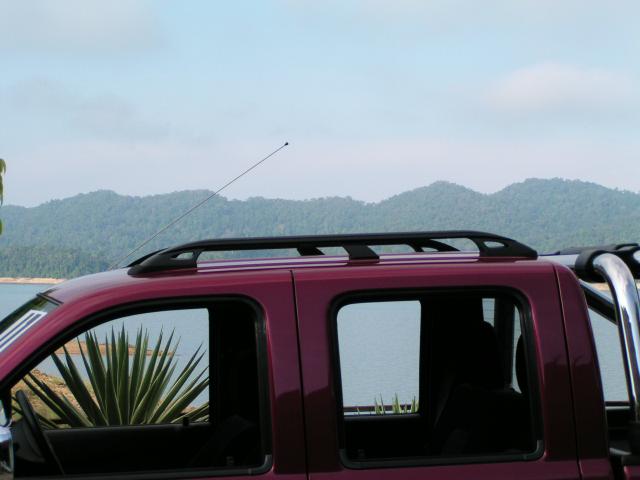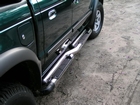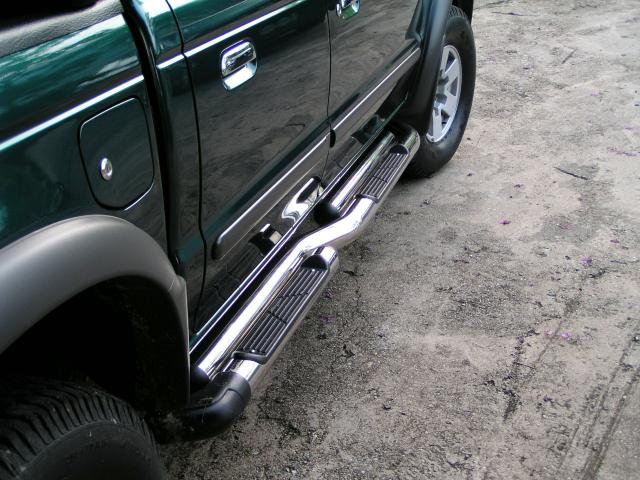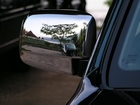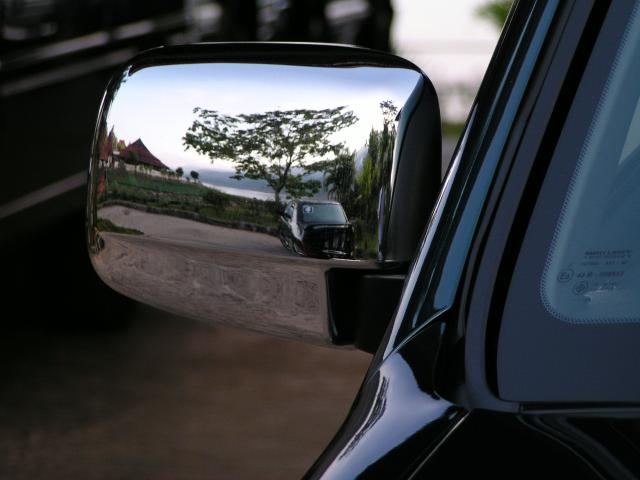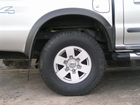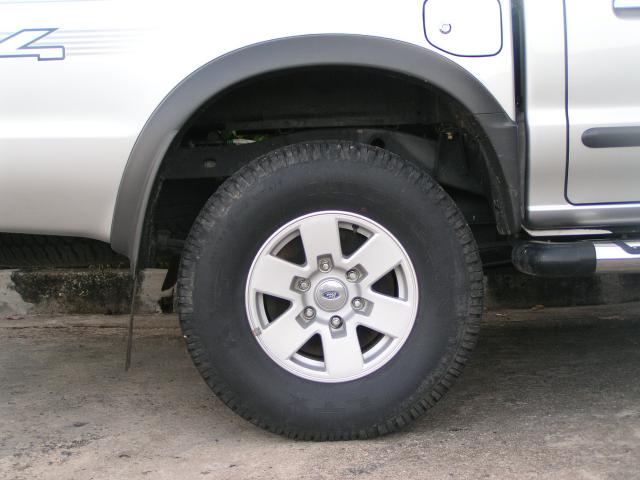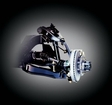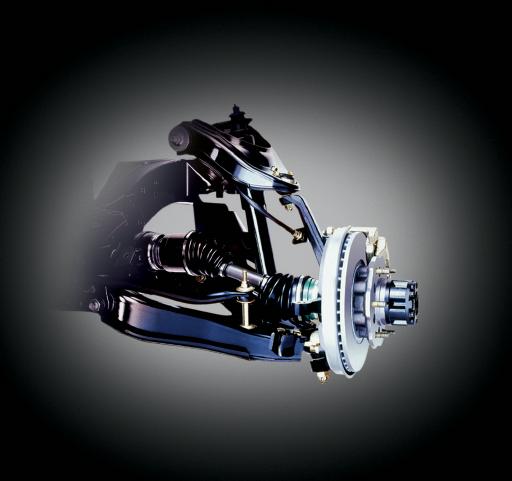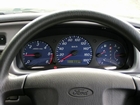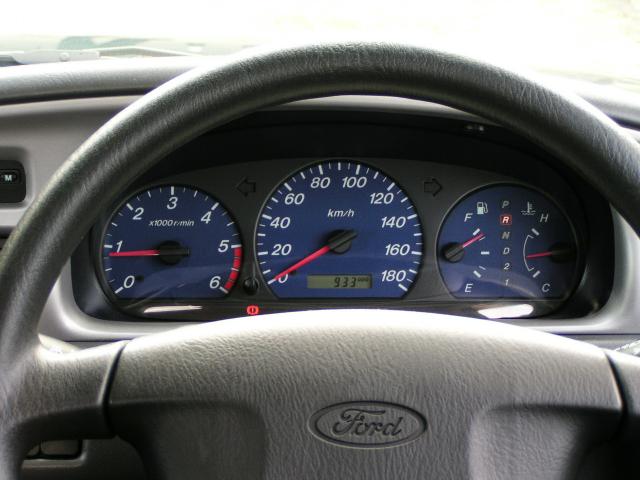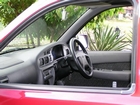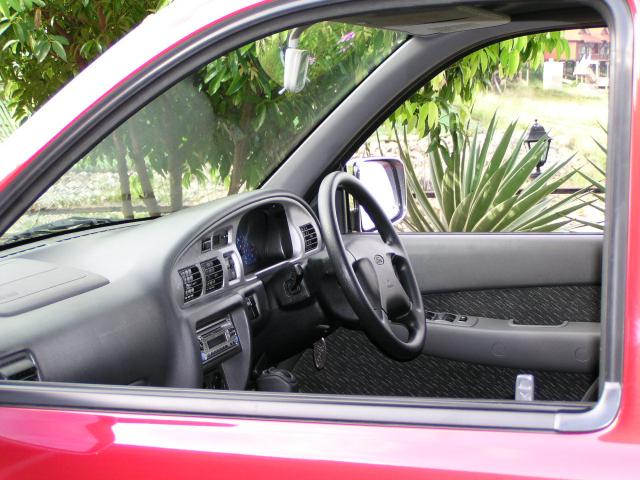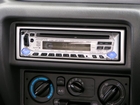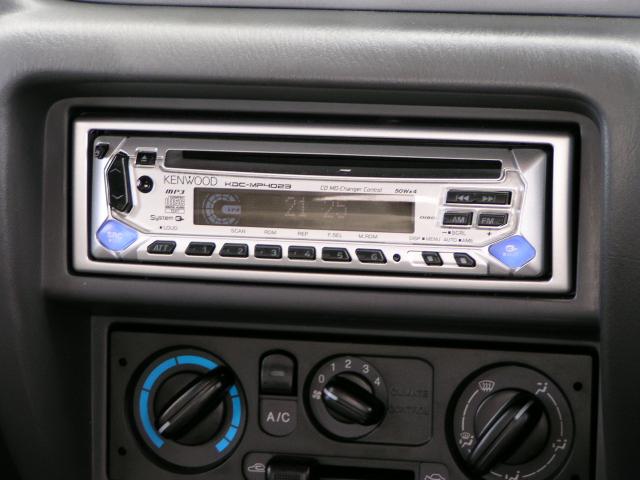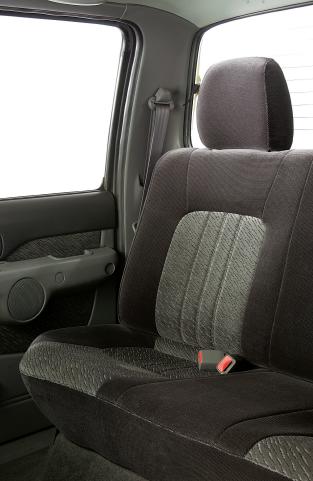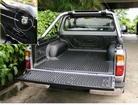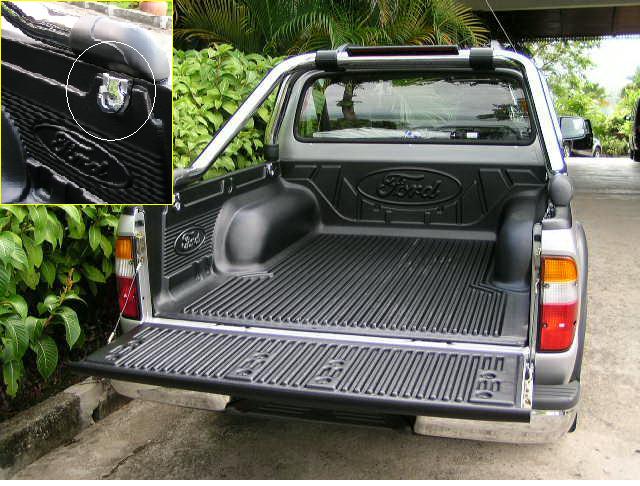The New Ford Ranger Automatic
In the late 1990s, Ford brought a major change to the Malaysian pick-up market when it introduced the Ranger. It was the first pick-up (though the Courier had laid the groundwork) which was designed with personal, rather than commercial, usage in mind. A change in JPJ regulations in 1997 had made it possible for individuals to own and use a pick-up (but only a double cab type) and Ford was at the starting gate before anyone else.
Within a year, pick-up sales jumped to 7,269 units from 2,756 units – with the Ranger accounting for almost every other pick-up sold. Other companies scrambled to offer better-equipped pick-ups but their models were little more than the commercial vehicles with a less spartan image. Performance-wise and comfort-wise, the Ranger was tops and its market dominance underlined this fact.
Before long, a strong rival appeared in the form of the Mitsubishi Storm and it made inroads because it had one thing which the Ranger did not – automatic transmission. Just as many people were buying SUVs for pleasure and not serious off-roading, so too were the pick-up crowd. The rugged image was what was desired, not what the vehicle was capable of. And since it was primarily for town use and daily commuting, automatic transmission was nicer to have.
Ford Malaysia was not indifferent to the success of the Storm and though it was evident that the Mitsubishi pick-up stole sales, the Ranger still held its dominance. Nevertheless, understanding that success also depends on giving the customer what he or she wants, Ford made sure that for the 2nd generation of the Ranger, an automatic would be available.
Actually, there was an automatic available in Thailand but it had a 2.9-litre engine which was less powerful than the 2.5-litre unit, and it had only 2WD. The first generation had no variant with the 2.5-litre WLT engine and automatic transmission. Rather than waste time developing such a variant for the model that was halfway through its life, the decision was made to have a Ranger 2.5 Automatic in the second generation.
The strongest voice for an automatic came from Malaysia, where the company had seen the Storm presenting a strong challenge only because of it was the only pick-up with automatic transmission (sales of the manual Storm were less than a quarter of total Storm sales). Thus, it is not surprising that the new 2nd generation of the Ranger debuts in Malaysia with an automatic transmission, the first country in the world to get this variant. Some of the 100+ countries that get the Ranger from the AAT factory in Thailand got the second generation from the middle of last year but no one else has the 2.5-litre turbodiesel-engined model with automatic transmission.
Having been the benchmark for pick-ups in Malaysia, the new Ranger obviously has a lot to live up to. In the 42 months that the Ranger has been in the market, competitors have appeared though it is only the Storm that has posed a real challenge, with the recently-launched Toyota Hilux pick-up still a ‘dark horse’.
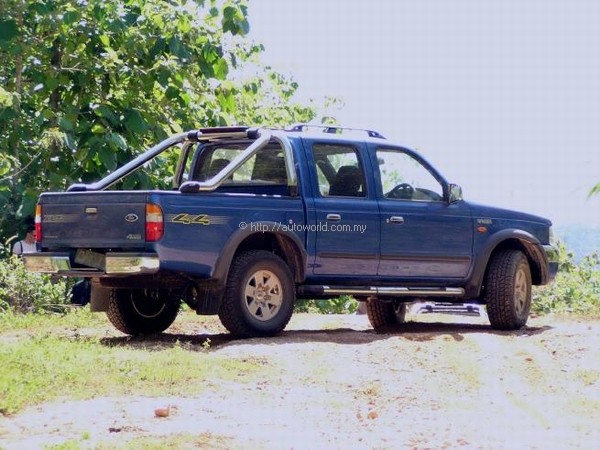 |
TOPS IN SAFETY
To maintain its market leadership, the new Ranger (project code ‘J97T’) comes with a number of standard features that place it one notch above. While the automatic transmission will boost sales, so will the fact that this is the safest pick-up presently available in Malaysia going by the inclusion of dual front airbags and 4-wheel ABS as standard. These are pick-up firsts in the Malaysian market (although the Hilux does have one airbag for the driver), with the airbag system said to be ‘tuned for off-road use’.
“Our aim was to build on everything that made the Ranger a legend and incorporate new technologies,” said Ken Gutowski, Chief Engineer for the new Ranger. “Besides the airbags and ABS, there are also significant safety features not visible to owners such as the revised front structure with ‘crash cans’ to effectively absorb impact energy, a detachable driveshaft design, new side impact beams in all side doors and a fuel tank guard. Braking distances are also 30% shorter with the new model because we have put in dual caliper disc brakes at the front and fade resistance is also better.”
MORE USER-FRIENDLY
After safety features, the next area where the new Ranger excels would be in convenience and comfort for the occupants. The cabin size is unchanged and while there are cost-lowering carry-over parts in evidence (the most notable being the dashboard), many details have been revised or improved.
The redesigned seats, with new fabric upholstery, have better support especially at the rear where firmer cushioning is used. The instrument panel has the same layout but the meters now have a blue background, while the steering wheel has a 4-spoke design. While the silver instrument panel bezel is described as a ‘new’ item, this is nothing new to Malaysians as it was used on the Extreme version.
The console tray between the front seats has a new design which is really functional. Besides a cupholder ahead of the shift lever, there are additional depressions for odds and ends, and most importantly, a small slot for a handphone. The same lidded box is used between the backrests and this has enough length to hold small mineral water bottles.
The standard audio system is also a first in the market as it has MP3 capability, besides a single-CD player and a radio receiver. While Kenwood (the supplier) has some high-end MP3 units, the KDC-MP4023 unit in the Ranger is said to be exclusively made for Ford although it is likely that Kenwood will eventually offer a similar type of model in the open market. Larger speakers have also been installed in the front doors and there are also speakers in the rear doors.
BOLDER LOOKS
Externally, the new Ranger seems unchanged at a glance and some may regard the new generation as being little more than a ‘facelift’. Of course, there’s not much you can do with a pick-up in terms of its overall design but this time round, Ford’s stylists have given the Ranger a lot more presence. Elements from other Ford pick-ups have been adopted and while the pictures may not convey it, the front end is very bold indeed.
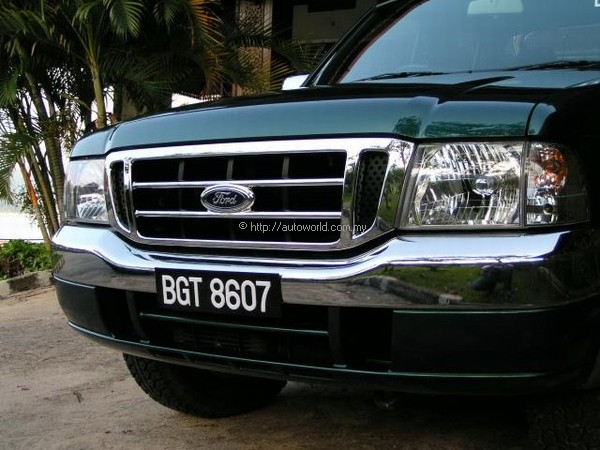 |
The larger headlights are now multi-reflector units and if you park a new Ranger alongside an old one, you will notice that the bonnet line is higher (and did you notice there is no dummy airscoop now?). The bonnet line’s change necessitated new side fenders which have wheel wells that are best filled by the standard 15-inch alloy wheels. There’s also more chrome used on the exterior, including the door mirrors, while the roof rack design has changed.
The rear bed dimensions are unchanged (0.952 cu. metres of volume) although the bedliner is new and as with the Hurricane, four chromed loops neatly fold into depressions along the sides when not needed. A sturdy chromed roll-over bar is standard and will help if the vehicle flips although the roof is designed to withstand the load of the vehicle.
SAME ENGINE, MORE POWER
And now for the mechanicals. The engine is the same 2.5-litre WLT 4-cylinder 12-valve turbodiesel with intercooler. The SOHC unit has a refined intake system for quiet operation, indirect fuel injection and twin internal counter-rotating balance shafts that minimize vibration and noise.
 |
Upgraded to cleaner EURO-2 emission standards (higher than required by the Malaysian government), the engine has better output than before: 3.4% more power at 89 kW/121 bhp/3500 rpm while the 262 Nm/2000 rpm is said to be tuned to match the automatic transmission’s characteristics although the presence of a catalytic converter (not fitted previously) has also had some effect.
The 4-speed automatic transmission is from JATCO, one of the world’s leading manufacturers of automatic transmissions, and has electronic controls for more efficient shifting. A unique feature of this transmission is a ‘Hold’ mode which is activated by depressing a button on the top of the ‘pistol grip’ shifter. This mode, which was also in the automatic transmission of the Telstar sedan, is useful in certain conditions as it prevents the transmission from shifting by itself and gives the driver better control on slopes.
For those who will drive the Ranger in really rough conditions where the transmission will be stressed, Ford has taken the precaution of including a transmission cooling system which has an auxiliary cooling unit as well as being incorporated in the lower section of the radiator.
As before, the drivetrain is a ‘serious’ type with a transfer case and two ranges. The ‘default’ would be rear-wheel drive only and when needed, 4WD can be manually selected, either in High or Low range. No mention is made of the ratios of the transmission or the transfer case though they are likely to be different from before.
Also carried over are the auto-locking front wheel hubs which lock the front hubs whenever 4WD is engaged. They stay engaged even when 4WD is disconnected and to free them – which lowers wear, friction and noise – all that is needed is to press a button on the dashboard.
IMPROVED LEAFSPRING SUSPENSION
The suspension configuration remains the same with wishbones up front and leafsprings at the back. While not switching to the single-leaf parabolic springs (said to be offer better comfort), the engineers took away one leaf from the previous 5-leaf springs. Ride comfort is said to be improved, especially in unladen conditions, and with retuning of the suspension, harshness has been reduced with rough road distortion isolated. However,
load capacity is also marginally lowered – not that it really matters since virtually no Ranger owner would be carrying that much cargo anyway.
15-inch wheels are still used but shod with the wider low-profile rubber of 265/70 size that was used for the Extreme. While 16-inch wheels have been used for the limited-edition Extreme before, marketing (and probably cost) reasons have seen the retention of the 15-inch diameter for the new generation’s standard wheels. Mr Gutowski said that fitment of 16-inch wheels is not recommended with the new fenders.
MARKET LAUNCH
At this time, Ford Malaysia is not saying when the new Ranger Automatic will officially be on sale. Part of the reason is that there remain stocks of the old model which need to be cleared although it will definitely be sometime during the second quarter as the manual version will join the line-up in the third quarter.
The price will be around RM98,000 (with insurance), which puts it head-to-head with the Storm and in such a confrontation, it seems likely that USF-HICOM will be the one to ‘blink’ and drop prices. After all, the specs of the new Ranger are streets ahead of the Storm and given the reputation it has gained for true toughness – as shown in the Lanun Darat club events which are held regularly – buyers will likely choose Ford now that an automatic is available.




